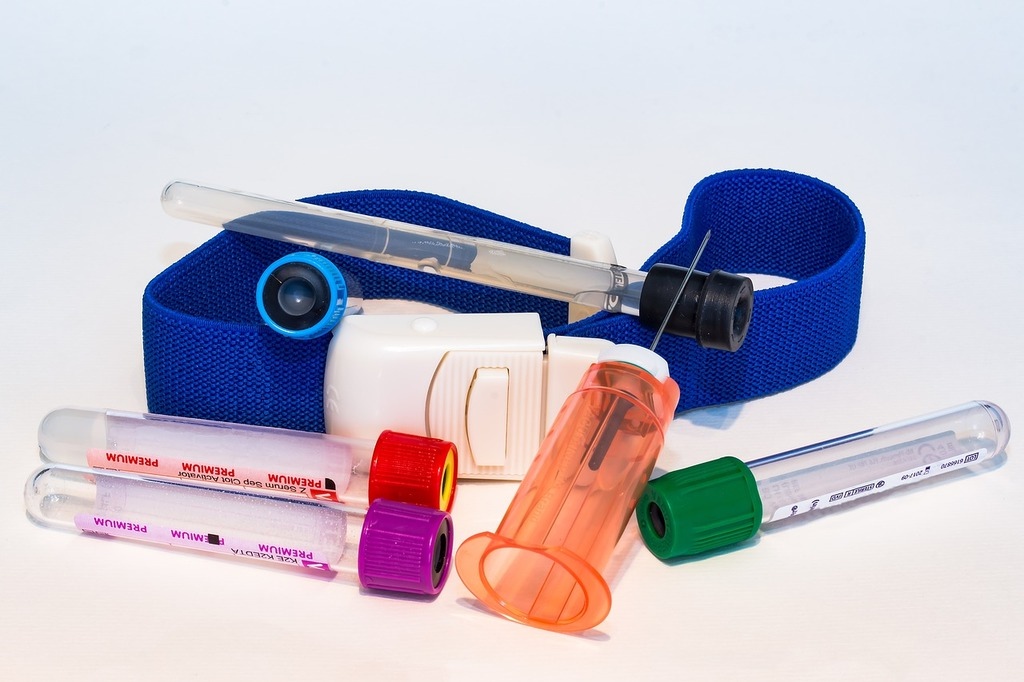
@ShahidNShah


Injection molding is a versatile and efficient manufacturing process used extensively in the medical device industry. This method involves injecting molten material, typically plastic, into a mold to produce parts with high precision and repeatability. The capability of injection molding to handle complex shapes and incorporate a wide range of materials makes it indispensable in the creation of critical and reliable medical devices.
This guide by 3E Rapid Prototyping Company will provide you with a fundamental understanding of the integral role that technical proficiency and extensive experience play in the injection molding process for medical devices.
Injection molding supports the use of diverse plastics, including but not limited to polyethylene, polypropylene, polycarbonate, and ABS. Each material offers distinct advantages such as transparency, flexibility, and resistance to impact and chemicals, making them suitable for a variety of medical applications from syringes to implants.
Common medical-grade plastics used in injection molding, such as polysulfone and polyether ether ketone (PEEK), are known for their ability to withstand repeated sterilization cycles. This compatibility ensures that devices meet the rigorous hygiene standards required in medical environments without compromising material integrity or performance.
Overmolding involves molding plastic over a pre-existing part, often made of a different material, to create a single composite piece. This process is useful for adding soft-touch handles on surgical instruments or creating sealed caps for catheters, enhancing both the function and aesthetics of medical devices.
Insert molding is the process of encapsulating a pre-placed insert, typically made of metal or another material, within plastic. This technique is employed to add strength to components, facilitate electrical connectivity, or integrate additional mechanical features without subsequent assembly.

Volume production in injection molding significantly reduces per-unit costs. This economy of scale makes it economically viable to produce both small and large batches, adapting efficiently to market demands and regulatory changes.
While the initial setup for injection molding, including tooling and mold design, can be substantial, the long-term savings from reduced unit costs and decreased waste lead to a favorable return on investment, especially when spread over large production volumes.

While injection molding is highly advantageous, it does have limitations, including the cost of tooling, the constraints imposed by the need for moldable designs, and limitations in material selection, particularly with very high-temperature or chemically reactive materials.
Several innovative medical devices, such as disposable syringes, complex drug delivery systems, and durable medical enclosures, have been successfully produced using injection molding, demonstrating its efficacy and versatility in medical device manufacturing.
The future of injection molding in medical devices looks promising with advancements in biodegradable materials and micro-molding technology. These innovations are expected to drive further adoption of injection molding as it continues to meet the evolving needs of the medical industry.
Injection molding remains a cornerstone of medical device manufacturing, offering unmatched efficiency, scalability, and material versatility. As technology advances, its role is only expected to grow, underscoring its importance in the development of reliable and innovative medical devices.

How a Pediatric Dentist Can Support Your Child’s Dental Development Pediatric dentistry, a specific branch of oral healthcare, plays a crucial role in a child’s dental development. A pediatric dentist …
Posted Sep 3, 2024 Dental Care Dentistry
Connecting innovation decision makers to authoritative information, institutions, people and insights.
Medigy accurately delivers healthcare and technology information, news and insight from around the world.
Medigy surfaces the world's best crowdsourced health tech offerings with social interactions and peer reviews.
© 2025 Netspective Foundation, Inc. All Rights Reserved.
Built on Apr 16, 2025 at 5:55am